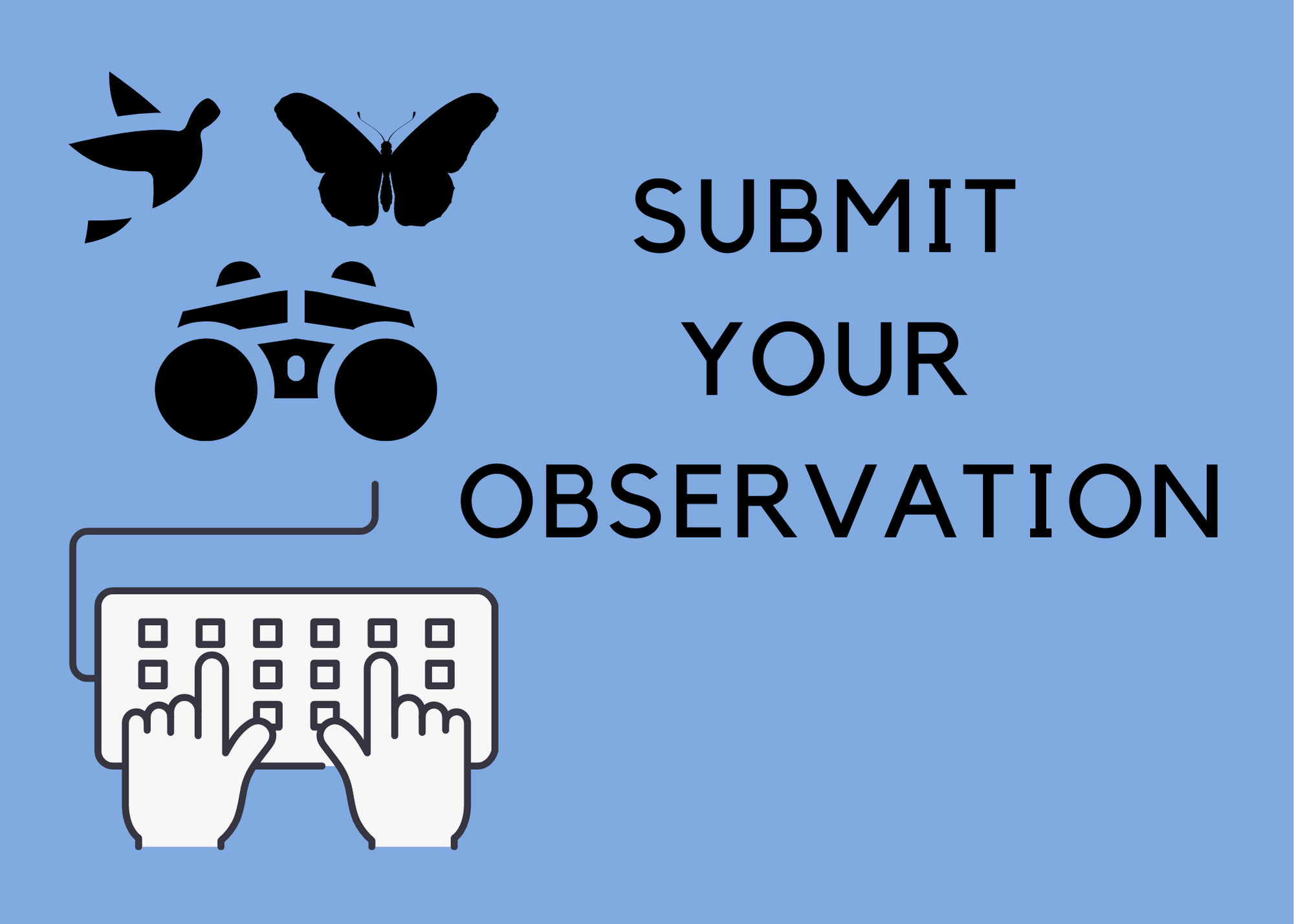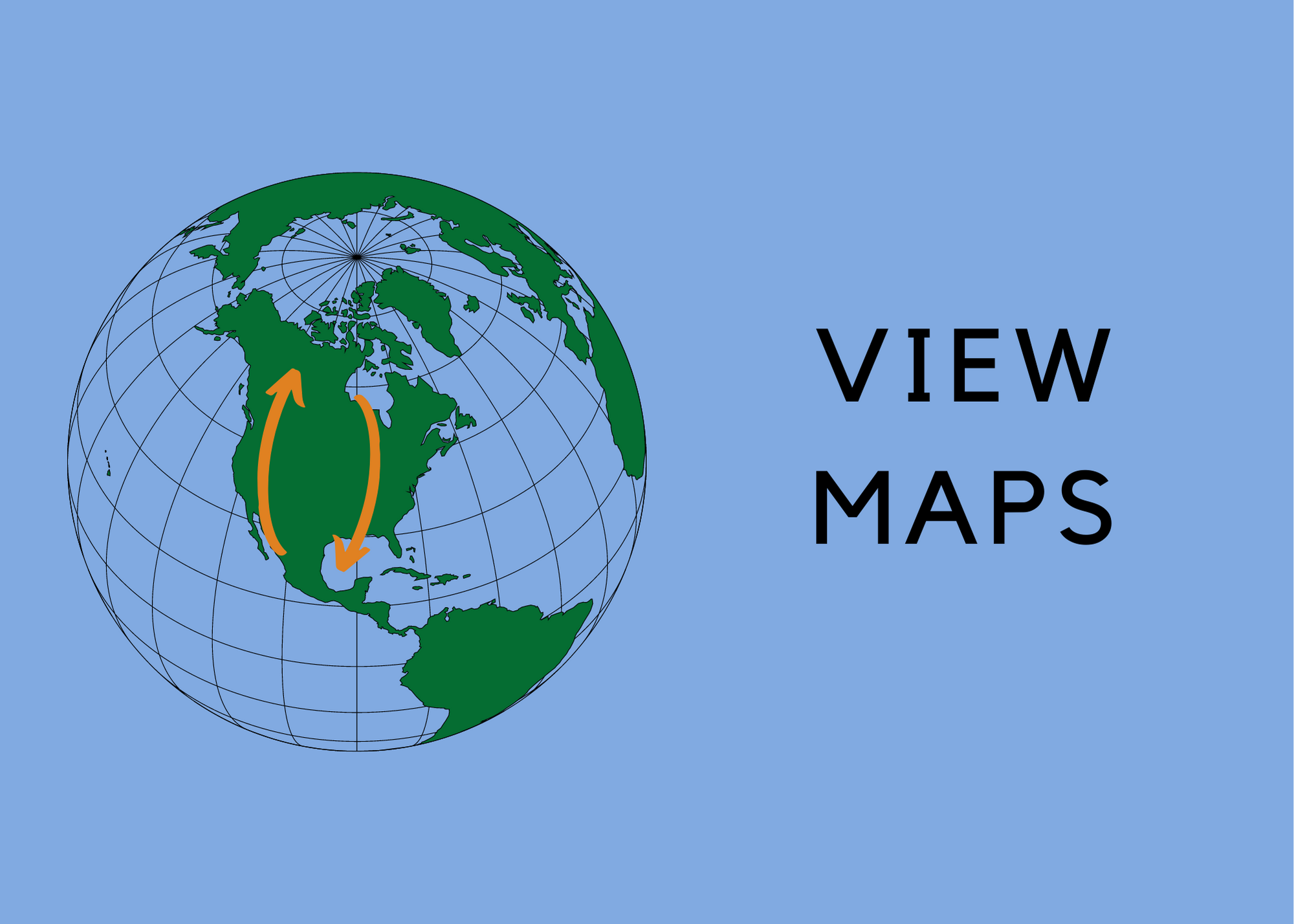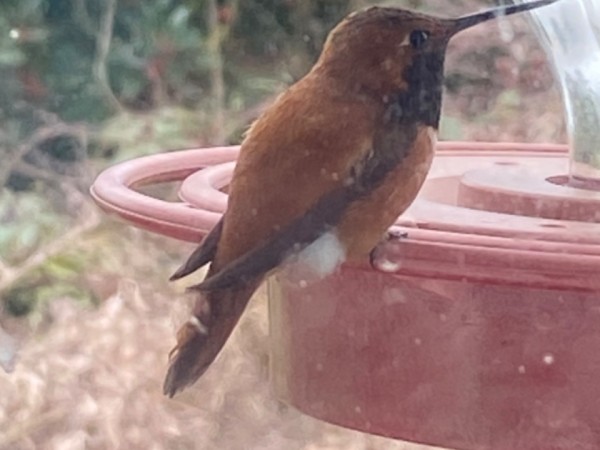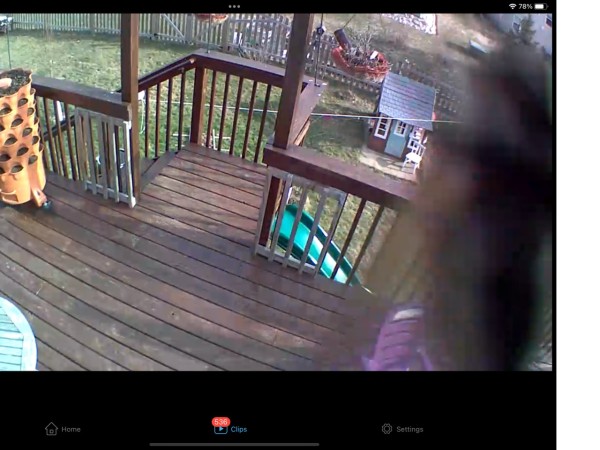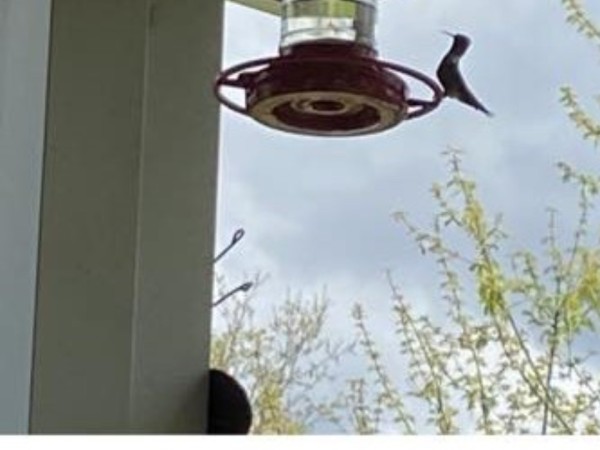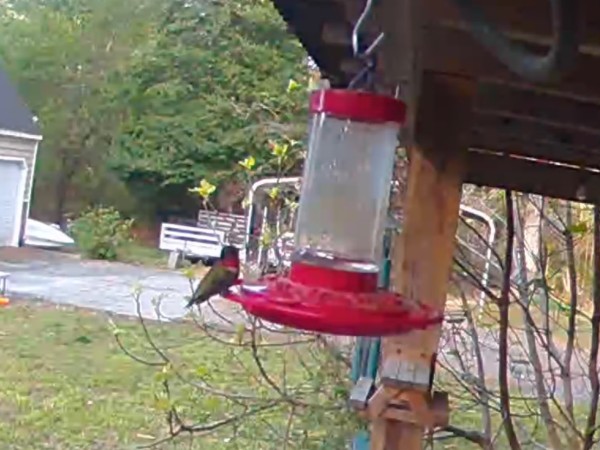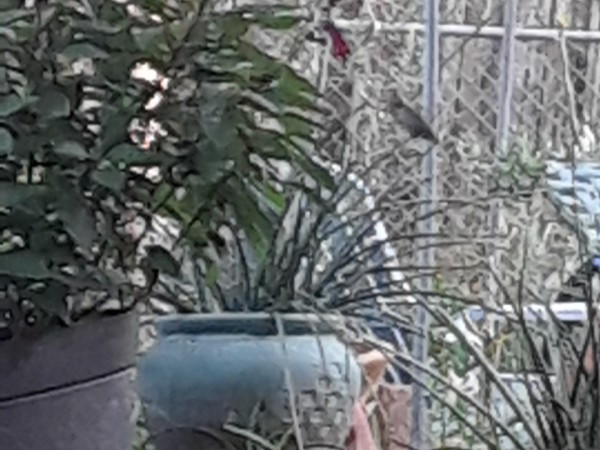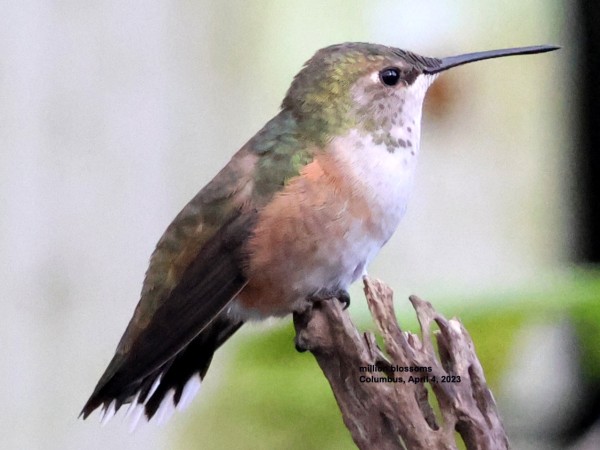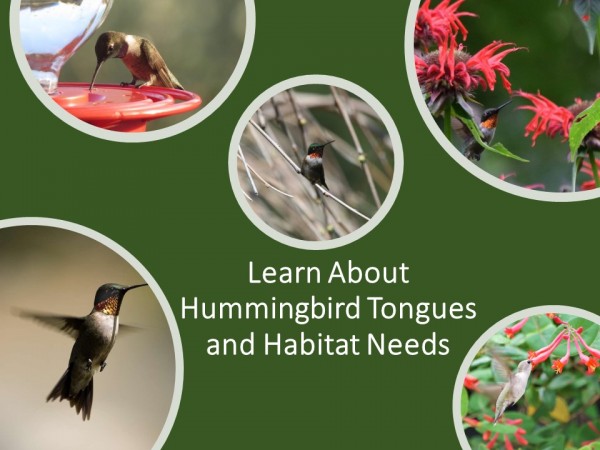Migration Momentum Building
Photo: Lisa in Blackwell, TX
(03/23/2023)
Rufous Hummingbird Migration: A Long Distance Traveler
The Rufous Hummingbird makes one of the longest migratory journeys of any hummingbird in the world. During spring migration, it travels almost 4,000 miles from Mexico to Alaska. This is a marathon journey for a bird that weighs less than two U.S. pennies. The Rufous begin their migration from the wintering grounds as early as January. Traveling along the Pacific Coast, they reach the northernmost point of the breeding range in Alaska by mid-May.
People living in the Vancouver Island and Seattle regions have been fortunate to see their first Rufous Hummingbirds. Luckily for all of us, they have submitted observational reports to Journey North.
Brenda in West Vancouver, BC: "First adult female rufous. Sixteen days later than 2021. Nectaring at King Edward flowering currant." (04/11/2023)
Erica in Sammamish, WA: "I saw the backlit bird about 12 feet away from me in the dark understory. I did not get a visual identification. I knew it was a Rufous because I heard the ringing sound that it makes in flight -- always an exciting sound. iBird PRO app calls the sound a "wing whine." Ribes is coming into bloom in the area and the weather is warm enough for bugs." (04/01/2023)
Kat in Pitt Meadows, BC: "Male. At backyard feeder." (04/07/2023)
Libby in Veneta, OR: "I think he just arrived. Sitting for a long time at feeder." (04/05/2023)
In early April, an interesting pattern emerges on the map. As temperatures warm inland, the migration expands eastward — away from the coast — toward the Rocky Mountains. Throughout the migration, the Rufous Hummingbird migrates into areas where warm temperatures have produced the spring flowers and other foods it needs. Rufous Hummingbirds have yet to reach Alaska and they have not migrated inland to breeding habitats in eastern Washington, Oregon, and Idaho. Don't forget to report your hummingbird sightings to Journey North.
Ruby-throated Hummingbird Migration Reaches Latitude: 43.5, Longitude: -88.2
In the central flyway, Ruby-throated Hummingbirds have now been spotted as far north as Wisconsin and upstate New York in the U.S. and Mississauga, Ontario in Canada.
Moriah in Kewaskum, WI: "The male humming bird was caught on our camera on easter sunday at 5:05pm the blurry image is a screen capture of the video and the humming bird was so quick! the video was much more clearly a humming bird and it even captured audio of the buzz of the wings and vocal chirping. I wish I could have given you a better clear image! At the top is the head, the beak is pointing up to the left. the body here is vertical with the belly to the left and the blur of the wings point down and to the left. He drifted up and then across the screen to the left and disappeared." (04/09/2023)
Doris in Mississauga, ON: "FIlled feeder yesterday. . . marked the level. This morning the level was down about 1/2 in. . . so he's back!" (04/10/2023)
H in Honeoye Falls, NY: "We saw the hummingbird twice. I put up a feeder with some red ribbon to draw attention to it. I hope it sees the food." (04/09/2023)
Rick & Missy in Morrisville, MO: "Male arrived Monday April 10th. A week early for us." (04/11/2023)
Clusters of reports are coming in along the Atlantic coast as far as New Jersey.
Sharon in Mantua Township, NJ: "Welcomed our first Ruby Throated Hummingbird at 2pm, on a sunny Easter Sunday, a small beautiful male." (04/09/2023)
Bill in Pottstown, PA: "Female stopped at feeder and had a nice long drink. After about 2-3 minutes she was off, seemingly, her journey not complete." (04/10/2023)
Kelly in Virginia Beach, VA: "Heard them first! Two males fighting over the feeder." (04/06/2023)
Kitty in Gloucester Point, VA: "Male arrived at 8:21 am. Looked healthy." (04/03/2023)
Migratory activity should increase steadily over the coming weeks in this region. Please share your observations with Journey North.
Other Hummingbird Species: Allen's, Anna's, Broad-tailed, Black-chinned, and Costa's
Journey North observers help track five additional species of migratory hummingbirds. Observational reports are slowly trickling in. Are you seeing Allen's, Anna's, Broad-tailed, Black-chinned, and Costa's hummingbirds in your area? Please let us know. Don't forget to include photos and the names of the hummingbird species you are observing.
Put Feeders Out and Plant Pollinator Habitat
It is time to put your feeders and potted nectar plants out. Finding abundant food and water is crucial during the spring migration of hummingbirds. Migration is energy-draining, and hummingbirds burn through fat reserves quickly. Your pollinator gardens and hummingbird feeders provide needed energy to recharge hungry hummingbirds. Friendly reminder: don't use red dye in your hummingbird feeders. Read the article below.
Beverly L in Houston, TX: "Female Ruby-throat arrived at 7:40 a.m. going all around looking, nectaring on flowers. First to Loves & wishes' salvia down to Vermillionaire, in photo. Actually nectared on other plants briefly, as well. Then went trying to figure a feeder. I put two other feeder styles out to see what she may want. Heard her first when going out to feed koi in pond. Female arrived 2 days after chubby male rubythroat left. Your females are on the way east!" (04/12/2023)
Gratitude to Our Journey North Community
Observational reports submitted to Journey North by our volunteers help us better understand shifts that may be occurring when species are found in an unexpected place as well as new patterns and trends that may be happening. Are migration patterns changing in the face of climate change? When a vagrant animal is observed, is this an outlier incident or an indicator of adjustments to the range and patterns of a species? How do habitat loss and extreme weather events affect wildlife?
M in Carmel Hamlet, NY: "Columbus, the Rufous Female that had been overwintering. . .departed this morning. . .This morning, she was at the feeder at 11am but was gone at 11.30am. She had been extensively feeding. . .This week our temperatures are equal to July temperatures. Columbus has taught us plenty of lessons. . .Thank you all for reading her story and showing support." (04/10/2023)
Call For Photos
If possible, please include photos in your reports. Photos are always helpful; they aid in identification and shed light on behavior. However, hummingbirds are not always cooperative subjects. One potential workaround is to take a video and then extract a screenshot to use as a photo. Give it a try!
Learn more in the tutorials below:


